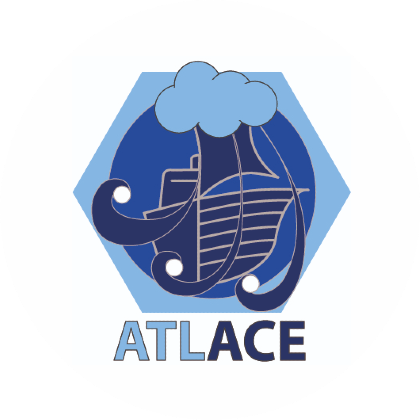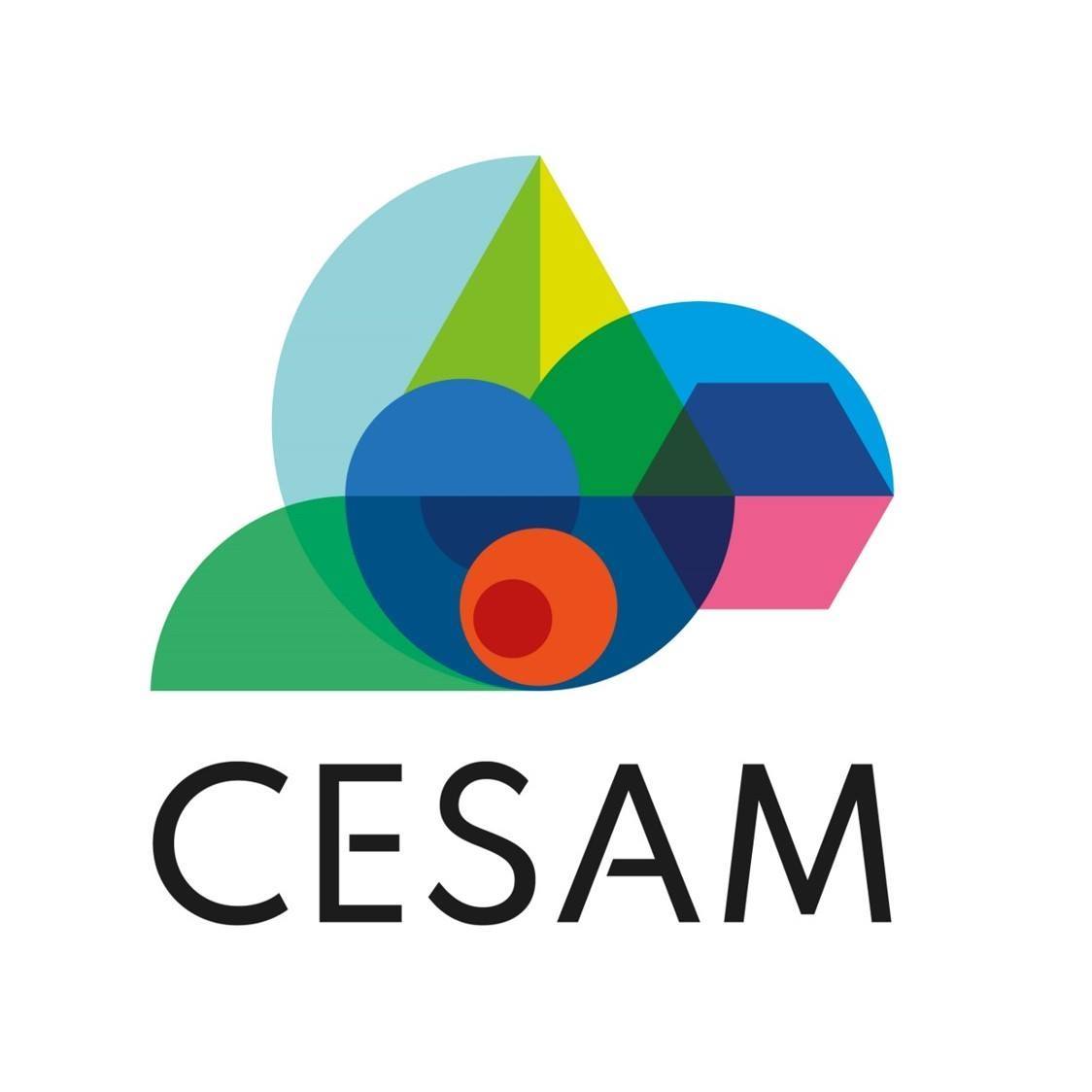
Project objectives:
Methods and approach:
As our observations within ACE project 18 “Quantifying precipitation and its contribution to surface freshening in the Southern Ocean” (PIs: Katherine Leonard, Michael Lehning, collaborators on this project) aimed to constrain the uncertain freshwater fluxes from the atmosphere, we were monitoring the precipitation and its properties throughout the expedition. Several optical sensors were used to measure the precipitation intensity and snow particle size distribution. We also applied a technique of snow crystal casting using formvar solution that allows to preserve the shape of the snowflakes and sleet for further analysing the size and crystal habit distribution of the snowfall. Information about the tropospheric vertical profiles from our radiosonde launches will be used to calculate moisture fluxes and also to better understand processes responsible for precipitation intensity and its microphysical properties (i.e., temperature and supersaturation with respect to ice at cloud level).
AR events provide rapid transport of large amounts of moisture poleward and typically associated with intense precipitation. During ACE expedition three AR events were measured in the Atlantic-Indian sector of the Southern Ocean. Detailed radiosonde measurements captured the evolution of the troposphere vertical profiles while an AR passed over the ship position. ATLACE project aims to apply these unique measurements of AR events for understanding of the anomalous moisture fluxes and also for evaluating reanalysis products and regional climate model WRF. We will use also radiosonde measurements from the coastal stations and from the Antarctic Peninsula as part of the Year of Polar Prediction (YOPP) international initiative to compare the AR events over the Southern Ocean captured during ACE to the AR events reaching the Antarctic ice sheet.
Precipitation formation is inevitably linked to cloud microphysical processes. Vaisala’s ceilometer CL31 was operating on the ship during ACE. Ceilometer attenuated backscatter profiles will be analyzed in order to obtain vertical extent of ice clouds, virga precipitation, and detect presence of liquid in clouds following the methodology developed for ceilometer measurements in Polar Regions (Gorodetskaya et al 2015; Van Tricht et al 2014). Further, several radiosondes during ACE were launched together with cloud supercooled liquid water content sensor developed by Anasphere (Serke et al 2017) and these measurements will be analysed together with ceilometer analysis of liquid occurrence in clouds.
The United Nations Framework Convention on Climate Change (UNFCCC) invited the International Panel on Climate Change (IPCC) to explore the impacts of a world in which the expected average warming remains less than or equal to 2.0°C over preindustrial levels. We will apply AR tracking algorithms to the present and future climate simulations using the Community Atmospheric Model version 5.3 (CAM5) global climate simulations performed as part of the “Climate of the 20th Century Plus Detection and Attribution project” (C20C+) (Stone et al 2017) in order to investigate changes in the AR frequency/intensity and associated cloud and precipitation properties. This work will directly contribute to the Atmospheric River Tracking algorithms Intercomparison Project (ARTMIP) international initiative and to the Southern Ocean Region Panel supported by the Climate and Ocean: Variability, Predictability and Change (CLIVAR), which is a core project of the World Climate Research Programme.
The observed cloud and precipitation properties will be linked to the amounts and chemical properties of aerosols serving as cloud ice and condensation nuclei particularly during the AR events. Aerosol-cloud-precipitation interactions will be studied using WRF-CHIMERE, an online coupled modeling system providing information on spatial and temporal variability of emissions, transport and deposition, aerosol composition and size distribution, and simulating the two way interaction between meteorological and chemical variables (Briant et al 2017). We will characterize aerosol amounts and chemical properties in the Atlantic sector of the Southern Ocean/Antarctica and in the North Atlantic/Portugal, focusing on the contribution from long range transport of desert dust, sea salt, biogenic and anthropogenic aerosols, aiming to contribute for better understanding of the importance of aerosols in generating extreme precipitation. These two regions share common long range transported background aerosol types such as desert dust (transported from South America and Australia to Antarctica, and from North Africa to Portugal). The proponent investigation team have experience in the field of atmospheric aerosol modeling, including desert dust emissions and long range transport in the atmosphere (Gama et al, 2015) and aerosol characterization studies for Portugal using CHIMERE model (eg, Monteiro et al, 2007; Gama et al 2019). Modeling results will be compared to aerosol observations obtained during ACE (Schmale et al, 2020).
LATEST NEWS
-
Presentations at the XIV Portuguese Conference on Polar Sciences.November 23, 2022/0 Comments




